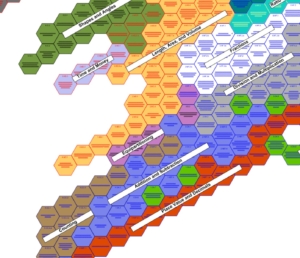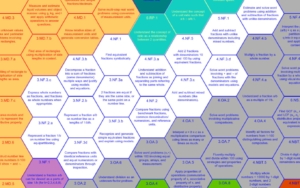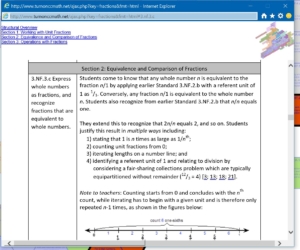While the Mathematics Florida Standards (MAFS) were designed to incorporate the 3 major shifts of focus, coherence and rigor, it can be easy to get so focused on a grade level, that the coherence across grade levels can get lost. However, it is this coherence which allows students to build new understanding onto foundations from previous years.
But what if that foundation was never built? Then we need to support students by identifying and filling in those holes in learning…which can be a daunting task! By 4th grade, students have already had 4 previous years of mathematics content standards…How do we navigate through and narrow down those standards so that we are finding and filling the right holes and providing students the support they need?
For example, if a 4th grade student is struggling with division of multi-digit dividends, it is easy to jump to the conclusion that the student simply needs more time memorizing basic facts… but could the struggle be due to a lack of conceptual understanding of multiplication and division? Or a lack of foundational understanding of place value? or could it be that they are making errors due to subtraction misconceptions?
The website http://www.turnonccmath.net/?p=map offers interactive maps of learning trajectories for K-8 mathematics that unpack the standards from the standpoint of student learning.
The maps incorporate 18 learning trajectories, or “big ideas”, with each individual hexagon representing a standard. Each trajectory is made up of a detailed standard-by-standard progression, which describes how concepts and student understanding develop over time, from foundational prior knowledge to more advanced concepts and reasoning.

For more information on the 3 key shifts of Focus, Coherence and Rigor, visit http://www.corestandards.org/other-resources/key-shifts-in-mathematics/


